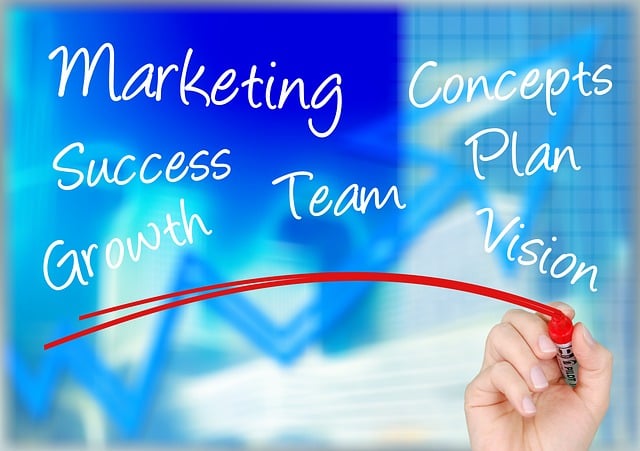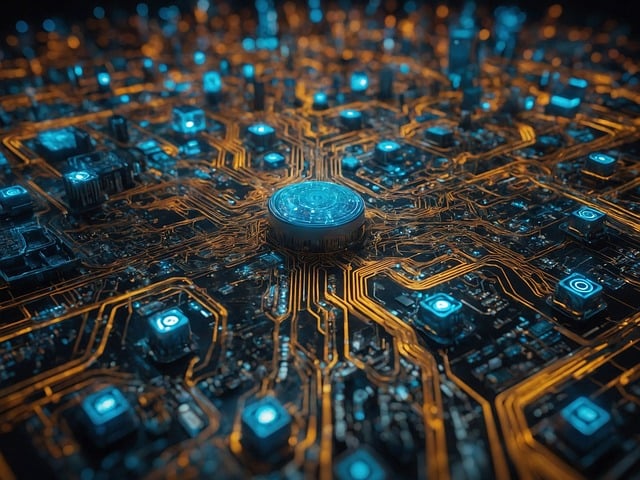AI-driven table turnover optimization is revolutionizing hospitality by enhancing efficiency and customer experiences. Using computer vision and machine learning, this technology analyzes visual data to detect available tables and predict demand patterns. By reducing wait times and optimizing seating, AI ensures dynamic service and memorable interactions. This technology also benefits manufacturing and retail with quality control and inventory management, impacting operational efficiency, growth, and customer satisfaction. Future advancements promise more sophisticated visual analysis for streamlined processes, cost reduction, and improved experiences across industries.
“Explore the transformative power of AI through the lens of computer vision, as we delve into its profound impact on business operations. This article uncovers the strategic potential of AI-driven table turnover optimization, a game-changer in the hospitality industry and beyond. We examine key applications of computer vision technologies, from efficient inventory management to enhanced customer experiences. By understanding these benefits and future prospects, businesses can harness AI’s capabilities to stay competitive and drive growth.”
- Understanding AI-Driven Table Turnover Optimization
- Key Applications of Computer Vision in Business
- Benefits and Future Prospects of AI in Computer Vision for Businesses
Understanding AI-Driven Table Turnover Optimization

AI-driven table turnover optimization is a game-changer in the hospitality industry, revolutionizing how businesses manage their resources and enhance customer experiences. By leveraging computer vision and machine learning algorithms, this technology analyzes visual data from tables to streamline operations and maximize efficiency. For instance, it can detect when a table is available for new guests by identifying empty or occupied states, thereby reducing wait times and improving overall dining satisfaction.
This process involves advanced image recognition that interprets real-time visuals, enabling staff to make informed decisions promptly. Additionally, AI models can forecast demand patterns based on historical data, helping restaurants and cafes optimize their table layouts and seating arrangements. Such precision in management contributes to a more dynamic and responsive service, ensuring that every customer interaction is seamless and memorable.
Key Applications of Computer Vision in Business

Computer vision has revolutionized various industries, and its applications in business are vast and transformative. One of the key areas where computer vision is making waves is in AI-driven table turnover optimization for restaurants and hospitality businesses. By analyzing real-time data from cameras, AI algorithms can detect empty tables, predict customer departure times, and dynamically adjust staffing levels accordingly. This not only reduces wait times but also optimizes labor costs, enhancing overall operational efficiency.
Additionally, computer vision is instrumental in quality control and inventory management for manufacturing and retail sectors. Automated visual inspection systems can identify defects in products during production runs, ensuring that only high-quality goods leave the factory floor. In retail, computer vision enables accurate and efficient stock tracking, allowing businesses to make data-driven decisions about product placement, promotions, and inventory replenishment. These applications underscore the profound impact of computer vision on business processes, driving growth, reducing waste, and enhancing customer satisfaction.
Benefits and Future Prospects of AI in Computer Vision for Businesses

Artificial Intelligence (AI) is transforming computer vision, offering businesses unprecedented opportunities to enhance their operations and gain competitive advantages. One of the most promising applications is AI-driven table turnover optimization, particularly in hospitality and retail settings. By leveraging advanced algorithms, AI systems can analyze real-time visual data from surveillance cameras or digital displays to accurately estimate customer traffic and manage table allocation efficiently. This not only reduces wait times but also maximizes revenue by ensuring tables are utilized optimally throughout the day.
Looking ahead, the future of AI in computer vision holds immense potential for businesses across industries. As technology advances, AI algorithms will become increasingly sophisticated, enabling more complex visual analysis and decision-making. For instance, AI could be employed to monitor inventory levels based on visual inspections, predict customer preferences through image recognition, or even automate quality control processes by identifying defects in products. These applications promise to streamline business processes, reduce costs, and enhance customer experiences, setting the stage for a new era of operational excellence driven by AI-powered computer vision.
AI-driven table turnover optimization, as showcased through key applications of computer vision, offers businesses a powerful tool to enhance efficiency and profitability. By leveraging these technologies, companies can streamline operations, improve customer experiences, and gain valuable insights. As AI continues to evolve, the future prospects for computer vision in business look promising, opening doors to even greater innovation and success.
